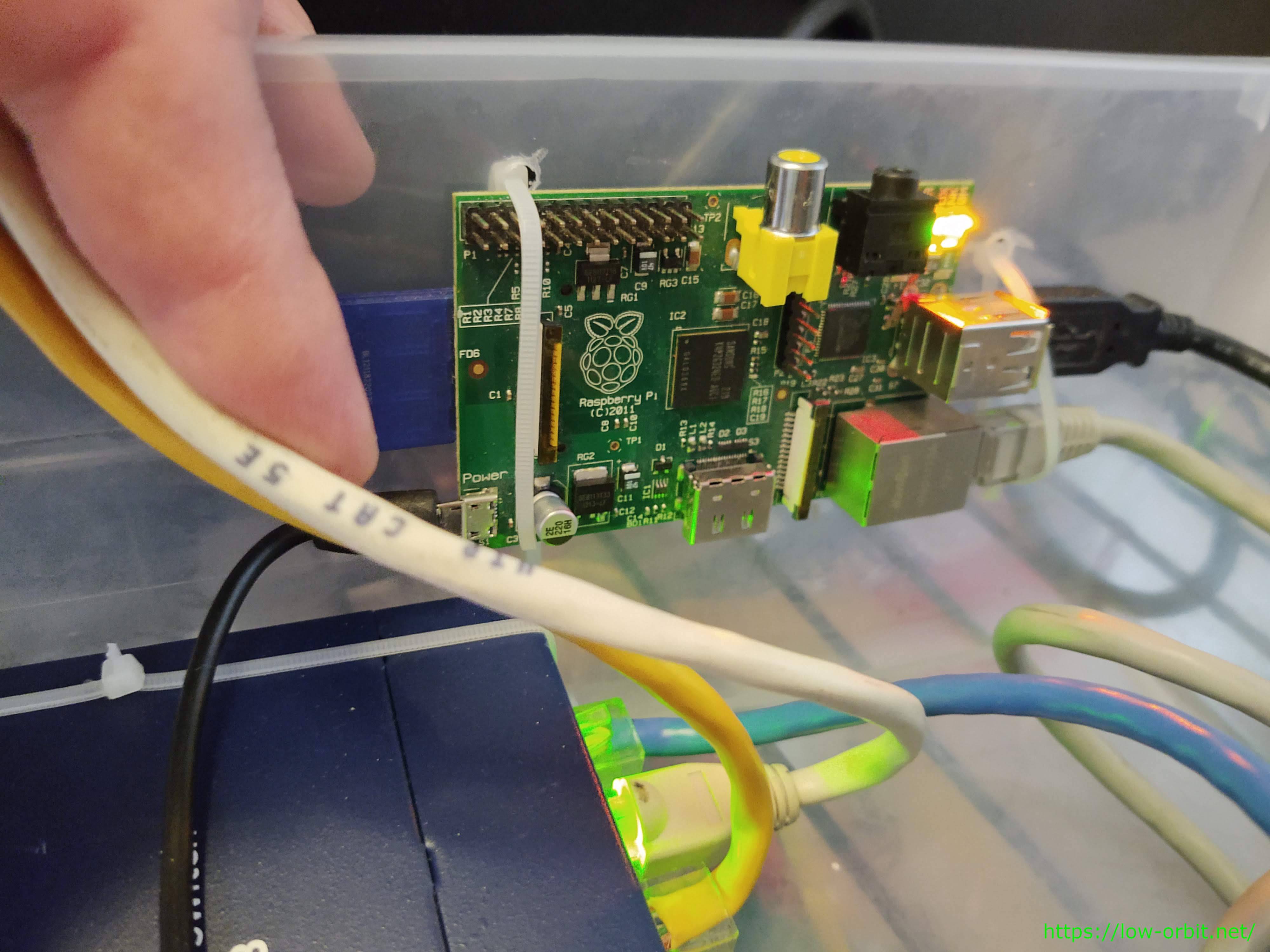
Serial communications between devices are done with RS232, it is one of the oldest and most widely spread communication methods in the computer world. With the serial-terminal feature of the MikroTik, up to 132 (and, maybe, even more) devices can be monitored and controlled. connection to a high-speed microwave modem that needed to be monitored and managed by a serial connection.monitoring weather-reporting equipment through a serial port.on a mountaintop, where a MikroTik wireless installation sits next to equipment (including switches and Cisco routers) that can not be managed in-band (by telnet through an IP network).Several customers have described situations where the Serial Terminal (managing side) feature would be useful: Default settings of the router's serial port are 115200 bits/s (for x86 default is 9600 bits/s), 8 data bits, 1 stop bit, no parity, hardware (RTS/CTS) flow control. Note that a terminal emulation program (e.g., HyperTerminal on Windows or minicom on Linux) is required to access the serial console from another computer. A special null-modem cable is needed to connect two hosts (like two PCs, or two routers not modems). The Serial Console feature is for configuring direct-access configuration facilities (monitor/keyboard and serial port) that are mostly used for initial or recovery configuration. The serial terminal may be used to monitor and configure many devices - including modems, network devices (including MikroTik routers), and any device that can be connected to a serial (asynchronous) port. In web interface or Winbox on router B, go to "System" & "Certificates" and import the CA and the client certificate.The Serial Console and Terminal are tools, used to communicate with devices and other systems that are interconnected via the serial port. certificate export-certificate client1 export-passphrase=xxxxxxxx Copy these two files off router A and onto router B, this is easy to do in the web interface or Winbox. certificate set server trusted=yes Now export the CA and the client certificate so they can be copied onto the Mikrotik router for Site B:

certificate sign ca=m圜a client1-template name=client1 Set CA and server cert as trusted: certificate sign ca=m圜a server-template name=server certificate sign ca-template ca-crl-host=192.168.88.1 name=m圜a

certificate add name=client1-template common-name=client1 Change the common-name to something more descriptive if you want. certificate add name=server-template common-name=server Generate templates: /certificate add name=ca-template common-name=m圜a key-usage=key-cert-sign,crl-sign


 0 kommentar(er)
0 kommentar(er)
